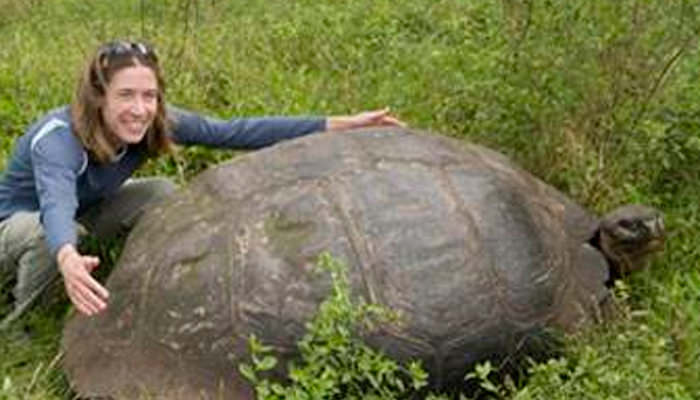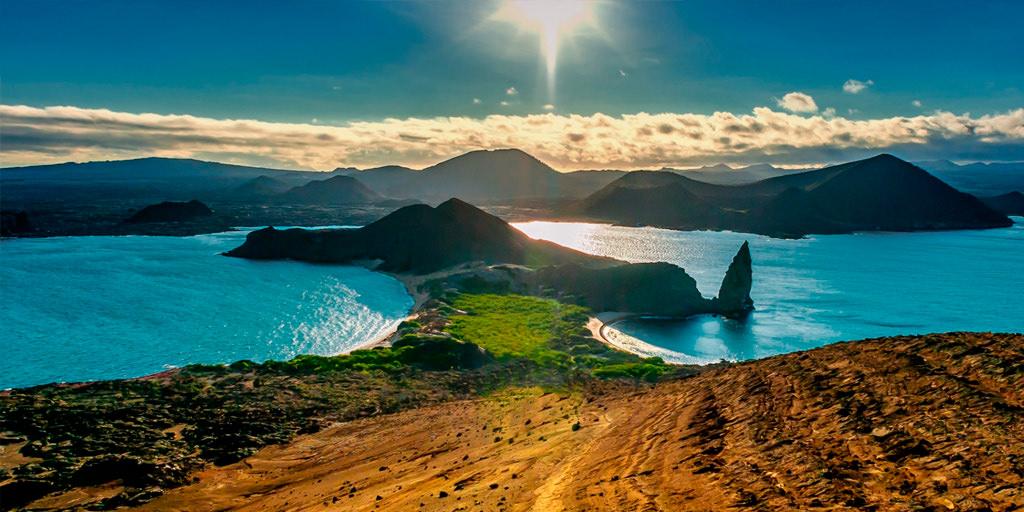The History of Humans Exploring the Galapagos Islands.
Located about 600 miles from the coastline of Ecuador, situated on the western coast of South America, the Galápagos Islands have been known to be a mysterious group of islands in the world. The diverse varieties of Flora and Fauna that are found here, are found nowhere else in the world.
These are the things that make the islands the rarest place in the world. Have you ever tried to find out how were these remotely located islands discovered first?
How had the entire human race ever realized that these islands possessed the most amazing natural beauty? The discovery of the islands is dated way back in the 10th century.
Exploring the Galapagos Islands.
This is the time when the Incan Culture first explore these islands. But, since there is no documentation regarding the expedition, there is no proof that states that the Incan Culture people were the first ones to be here.
In the year 1535, on the 10th day of March, Fray Tomas de Berlanga landed on one of these islands. He is said to have landed accidentally while he was traveling from Panama to Peru.

It was only in 1570 that a Abraham Ortelius, a map maker, first marked the Galápagos Islands on the map. He named the islands as “Isolas de Galápagos”, meaning the “Island of Tortoises”, as described by the sailors who passed through the islands.
It was then that the Galápagos Islands were known to have existed and got a name based on the giant Galapagos Tortoises found here.
It was only in the 17th Century that British invaders started using these islands as a hideout. British buccaneers who pirated the Spanish ships moving from the coast of South America made use of these islands as a hideout.
They are known to have looted the Spanish settlements in Central as well as South America. The islands were a great source of food for these British Wahalers and Buccaneers while they were on their long journeys.
Although the islands were already being used as a hideout place and a good source of food, they were hardly visible to a number of sailors.
The presence of heavy fog would usually cover these islands and sailors would miss them while they were sailing in the ocean. Thus, there was a time when these islands were considered to be mere shadows that do not really exist.
Charles Darwin visit.
But, later in the 18th Century, many whalers and sealers started visiting the Galapagos islands more often. This was when the British and the early Americans started looking at this place with a view to set up an industry in the Pacific ocean.

With a number of people rushing to these islands, the year 1800 later saw a post office being installed here. It was simply a barrel that was marked top hold messages in it.
The post office was set on the Floreana Island. Then, in 1807, the Galápagos Island welcomed the first human being, Patrick Watkins, who was an Irish crew member to live on the islands.
He stayed on the Floreana Islands for a few years. A few more years after this, Charles Darwin, the famous scientist walked over the islands in the year 1835.
During his 5 weeks voyage that he spent on the islands, he observed the presence of different species on different islands.
This is when he actually studied how species adapted to the climatic conditions of the place they are living in.
Various uses of Galapagos.
Therefore, it is the Galápagos Islands and the inhabitant creatures that encouraged Charles Darwin to state his Theory of Natural Selection.
A small colony of European settlers arrived here on these islands in the early 1900’s. They were followed by the US military who moved in to guard the Panama Canal during the World War II.
It was later in 1959, that most parts of the Galápagos Islands were declared to be the first National Park in Ecuador.
Ever since, it has been declared as a national park, with the existence of a variety of species and the favorable climates, the Galápagos Islands have succeeded in attracting tourists from far and wide.
Centuries after it was first discovered, a major part of the island are covered with thick forests and the natural inhabitants; the wildlife.
It is indeed the best place where one can spend quality time amidst nature and worth the title of a World Heritage Site presented by UNESCO.



Comments